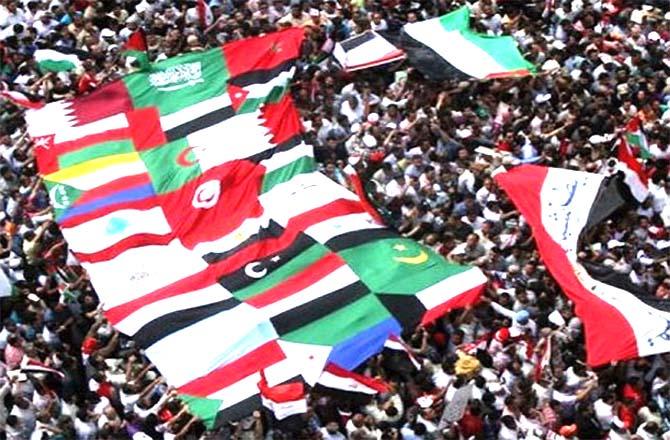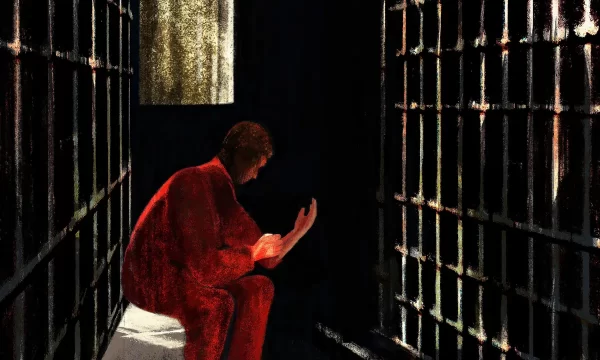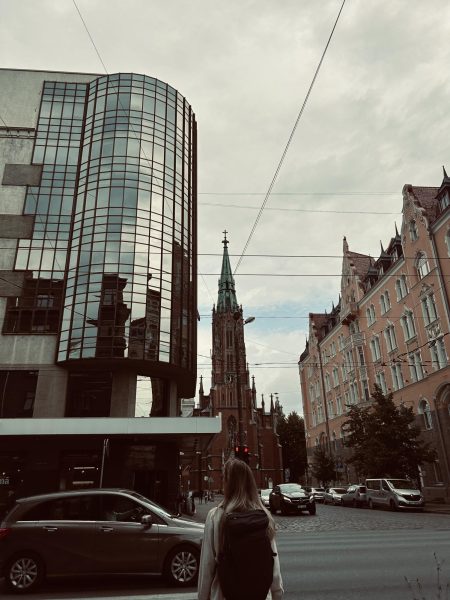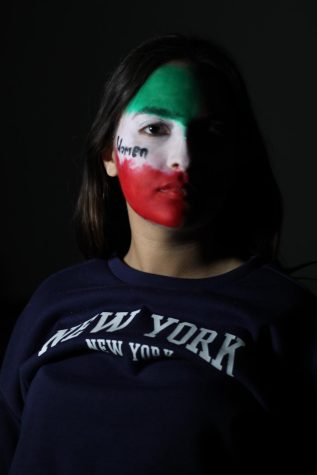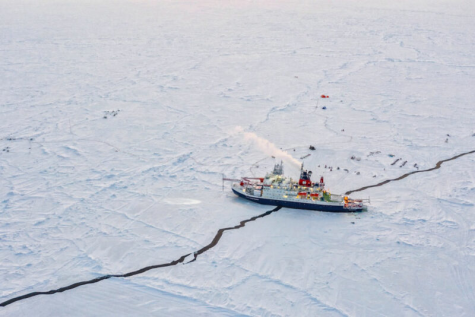The Arab Spring: A Look Back
In late 2010 and early 2011 the Arab world erupted into a torrent of revolutions, coups, rebellions, riots, protests, and civil wars. A fruit vendor in Tunisia set himself ablaze, then the country rallied together in protests. Soon Algerian citizens took to the streets, then Jordan, Oman, Egypt. Soon virtually all of northern African countries as well as those on the Arabian peninsula and in the surrounding area were enveloped by protest.
This time of change is special to me due to the impact it had on me. It was the first time news had interested me to that degree. I wanted to know more, and I would say that period sparked my interest in journalism.
There were some major changes made in that time, in 2011 protests seemed to be all that anyone was talking about, even here in America the “Occupy” movement evolved into both peaceful and violent demonstrations. Time Magazine made “The Protester” the person of the year.
Despite the two and a half years that has gone by, the revolutions haven’t ended. This comes as no real surprise since many revolutions take years and even when the previous government is ousted years go by before a country becomes stable again -if it ever does.
Egypt still makes news regularly. They came to the game early, they wanted President Hosni Mubarak out of his office after the 29 years he had held it. The Egyptian people eventually dissolved almost their entire government, then holding a democratic election to form a new one. Muslim Brotherhood member Mohamed Morsi was elected president. However, the military staged a coup and now rules the country.
Syria’s revolution is also ongoing, President Bashar al-Assad attempting to hold power over the rebel force. The protests that started in 2011 eventually turned violent and the Free Syrian Army was formed. The government’s methods are brutal, leveling huge areas and massacring innocent people. Reports of chemical weapons have been tossed around multiple times, adding even more tension between al-Assad and his allies. The future of Syria is still unclear and will likely be a huge struggle.
While some countries continue their struggle, many other countries have settled down. While many achieved change and reform, some didn’t. Few countries escaped protest, and few of those protests ended without any change or any fatalities.
History provides many precedents for the outcome of revolutions. Many revolutions that succeed in oust the unwanted government actually end up with another. Sometimes the leader of the revolution becomes a dictator, similar to Stalin after Lenin’s revolution in Russia in the early 20th century.
While successfully ousting one government and instituting a new, more effective government is extremely difficult, it has happened. Whether or not these protests will lead to more positive outcomes or negative outcomes is still to be determined since so many countries are still undergoing the changes that began in the Arab Spring.
It is an amazing thing to live through a period of time where so many people around the world stand up and try to make a difference. The future may still be unclear, but the past is certain. From one Tunisian man giving his life in protest, to an entire region of the world in an uproar. People everywhere decided not to settle with what they didn’t like, instead they rallied together to make a better country, and ultimately a better world for the years to come.



